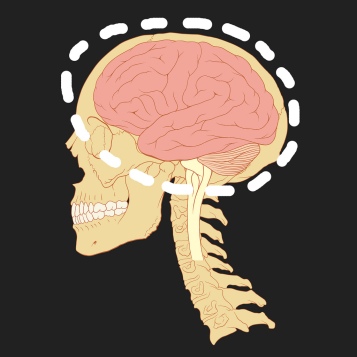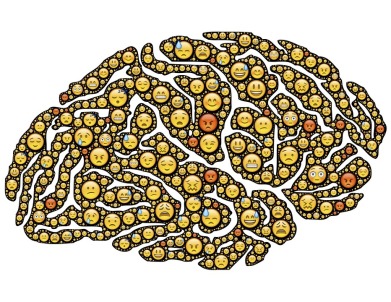–By Melissa Kurkoske
Have you ever experienced a time where you were just dreading a conversation with a specific person? A former employer of mine used to be known as a “bully.” Every time I had something important to discuss with him, I would become such a nervous wreck that I wouldn’t express myself in the way that I wanted. I was not able to get my point across, and I found that it really affected my work experience and self-esteem.
I shared this with family members, and they would say that I needed to more “assertive”. Yeah, I thought, but what does that even mean?
Being an assertive communicator means that you express your opinions effectively, while respecting yourself and others as you do so. Communication styles can be observed on a continuum, with passive communication operating on one end of the spectrum, and aggressive communication dominating the other end.
But where is that sweet spot between passive and aggressive? That elusive and mysterious spot is assertive communication.

Mr. Seafall/Wikimedia Commons
Before we can really get into what assertive communication is, perhaps a better understanding of what assertive communication is not would be helpful.
In general, passive communicators may tend to be seen as:
- Shy, less directive
- Someone who does not stand up for themselves or express their opinions
- Someone who does not take a verbal and firm stance on a topic
- Someone who prioritizes his or her own personal needs and desires below others’
- Someone who tries to maintain peace by not speaking
- Someone who thinks his or her needs do not matter
The problem with passive communication is that you are not able to express your own desires and opinions, which can cause feelings of stress, resentment, anger, and even victimization.
Now let’s talk about the other end of the spectrum, aggressive communication. In general, aggressive communicators tend to be seen as:
- Angry, forceful
- Superior
- A bully
- Someone who disrespects or belittles others
Aggressive communicators may damage relationships or burn bridges because they are not respectful of others’ opinions and beliefs. This type of communication is more likely to lead to shouting matches and angry arguments.
Assertive communicators, however, tend to be seen as:
- Fair
- Willing to compromise
- Respectful of themselves and others
- Clear and confident
Being assertive can improve the quality of your conversations, boost your self-confidence, and enhance your relationships with others. Here are some tips on improving your communication style:
- Think about where you fall on the spectrum of communication styles
- Be aware of what your body is saying to others when you speak (e.g. when your arms are crossed, you can appear “closed off”)
- Practice what you’d like to say in front of people you trust and ask their honest opinion of how they perceive you
- Remember that your opinions matter just as much as those around you
Here are some additional resources for how to be more assertive:
- https://www.mindtools.com/pages/article/Assertiveness.htm
- http://www.cci.health.wa.gov.au/resources/docs/Info-assertive%20communication.pdf
























